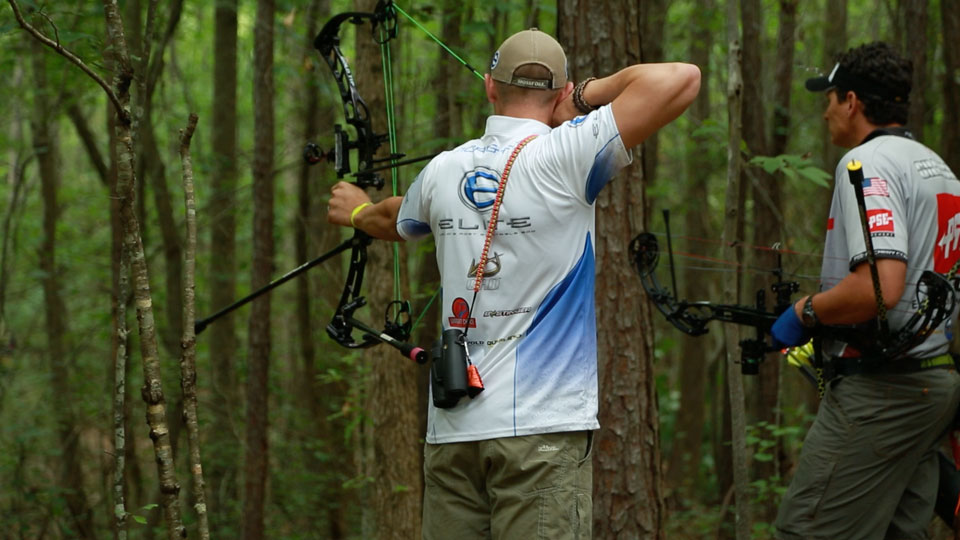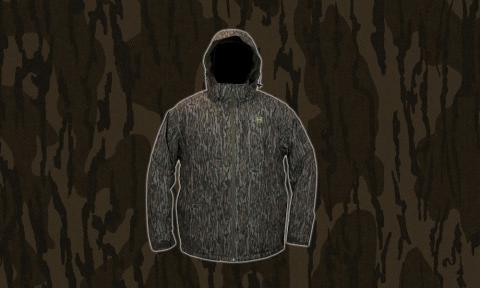Levi Morgan | BowLife.com

The idea of “paper tuning” bows has grown over the last few years. There is more and more information out there about tuning bows, which is a good thing. When I was growing up, paper tuning was pretty much nonexistent. For those who don’t know what this is, it’s simply shooting an arrow through a piece of paper to see if it is traveling straight or kicking one way or the other coming out of the bow. The only problem with this is that sometimes the vanes could be contacting the riser or rest and you could never get a perfect tear (bullet hole), no matter what you did. On top of that, the vanes can act as a Band-aid, covering up or slightly correcting the actual tune of the bow. I take paper tuning a step further now. I shoot an arrow through paper that is the same length and weight as my others, but this one will have no vanes. In the archery world, it’s called bare-shaft tuning.
You can either leave one un-fletched when building your arrows, or you can take a razor blade and scrape off the vanes on your current arrows. The main thing is to make sure they have the same specs (length, weight and spine). Obviously, when you take the vanes off, it will weigh less, so I like to take electrical tape and wrap the arrow exactly where the vanes were until I get them to the weight of my other arrows. Don’t wrap the tape anywhere else on the shaft because it’s important that the spine reacts correctly.
Then, walk up to about two yards from the paper and shoot through. I like to shoot very close, because I want the initial reaction right out of the bow. Depending on the tear, you can adjust your rest slightly. Sometimes tears that are high can mean the spine is too weak and low tears would be the opposite. If you get a bullet hole at two yards, then you know from the start the arrow is coming out perfectly. When you shoot a fletched arrow through, it should also be a bullet hole. If not, then you have a clearance issue. Your vanes must be contacting either the riser, cables or rest, causing them to fly off plane. I won’t get into that here, but spray some powder spray like athlete’s foot spray all over that area, and it will show you exactly where the vanes are hitting.
Bare-shaft tuning is the best way to see if, when uninfluenced by the vanes, your bow is properly tuned. Ideally, when a bow is properly tuned, I can take an arrow with vanes and shoot an X at 20 yards and then take an arrow with no vanes and do the same. It will show you if your setup is perfect or if you still have some work to do. I’m not saying you can’t shoot well with a bow that doesn’t shoot a bullet hole, because that’s false. I’ve won national championships with bows that weren’t tuned perfectly. That being said, as a right hander, the only tear I’m ok with is slightly high left, which means the back end of the arrow is getting away from the riser so there will be no clearance issue. The opposite would apply to left handers. Having a paper-tuned setup isn’t the magical answer to making you a great archer, but it will most certainly be a step in the right direction.
For better bowhunting success, practice the aiming drill to eliminate target panic.



























